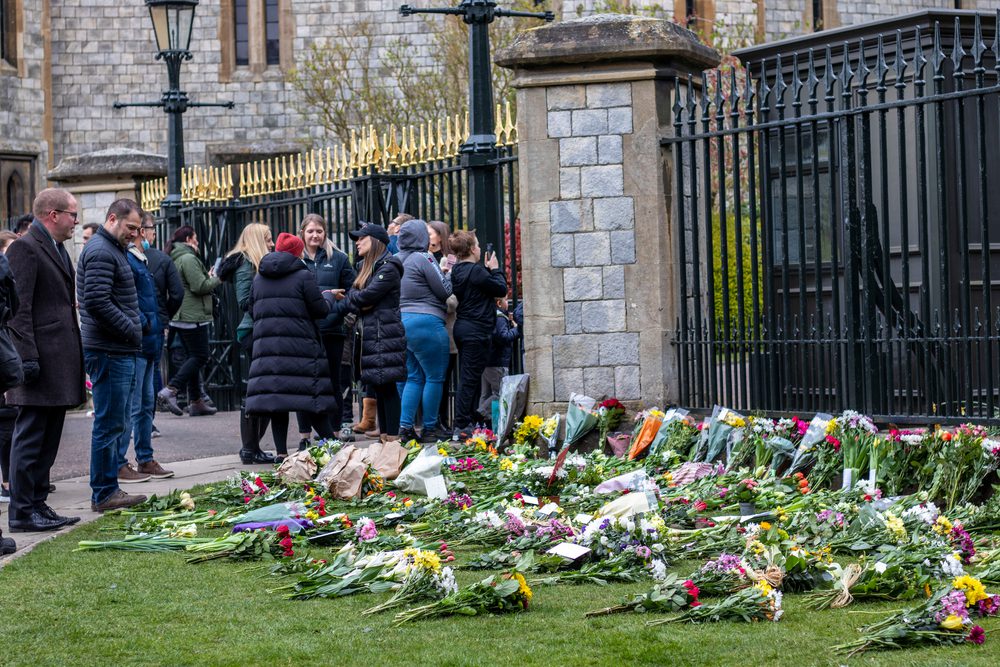The protocol for the death of the Queen of England has been in place for many years, known as Operation London Bridge, which has led to a profusion of hashtags on social media. However, the Queen died in Scotland, and so Operation Unicorn was implemented, with the royal remains repatriated under specific conditions.
Queen Elizabeth II breathed her last at her home in Balmoral, 102 miles north of Edinburgh. The first step was to bring the late Queen back to the Scottish capital. The distance is usually covered in about 2 hours and 40 minutes. But for her final journey, the Queen took many hours to reach Edinburgh, using a special route of over 300 kilometres, which took her through towns and villages so that her subjects could bid her a final farewell.
The vehicle left Balmoral Castle at around 10 a.m. on Sunday morning September 11th, arriving at its destination in Edinburgh, at the Royal Residence of Holyrood House, in the afternoon at four o’clock, local time. The hearse travelled at minimum speed, as it should, to allow many of the Queen’s supporters to come and greet the procession along its route. Thousands of people watched the procession and hoped to catch a glimpse of the royal coffin for a few seconds in religious silence. Emotions were particularly high in the small village of Ballater, next to Balmoral, for neighbours with whom the late Queen had a special relationship. For their part, locals there take pride that their families watched Elizabeth grow up since her first visits to the castle as a child.
The coffin was received at Holyrood by three of Elizabeth’s children, as King Charles remained in London. The Queen’s remains were held overnight before being flown back to London on Tuesday, September 13th. The funeral is due to take place a week later, on Monday, September 19th, at Westminster Abbey, where preparations for the funeral have already begun.






